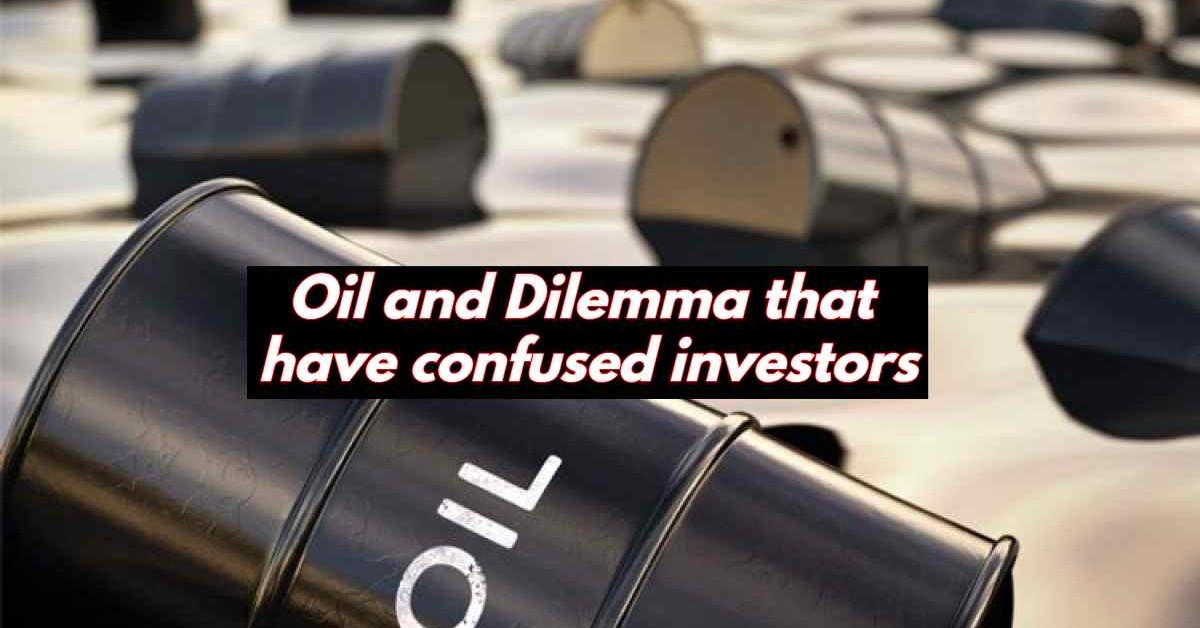The future is unclear, and all the factors that increase or decrease requests need to be clarified.
After today's Fed Chair Powell's speech, stock markets had slightly positive reactions; investors need clarification about the Oil market's future. Earlier today, Fed Chair Jerome Powell, in opening remarks of a conference on central bank independence in Sweden, said: "Restoring price stability when inflation is high can require measures that are not popular in the short term as we raise interest rates to slow the economy," also mentioned that "the benefits of independent monetary policy in the U.S. context are well understood and broadly accepted."
After the sharp fall of the last hours of Tuesday, Powell's words gave some hope, but it was not clear, and in fact, we got nothing new. Still, the main question is the 2023 economic growth outlook and the energy demand.
During the first trading week of 2023, Oil prices posted heavy losses as global recession concerns diminished the demand outlook. After starting the year at around $ 80.4 per barrel, last Thursday, U.S. oil traded as low as $72.57. Still, at the end of the previous week and the beginning of this week, market sentiment changed with the reopening of Chinese borders on Sunday, January 8. Oil markets got a short-term boost to touch $76.85 on Monday, but still, it is the worst start that the Oil market has had since 1991 at the beginning of the year, with a 9% loss in the first trading week. While reopenings have some hopes of more economic activities and demand, the fear of the spreading of the Corona and Influenza viruses in the world's largest crude importer caused doubts about the continuation of this optimism. As a result of this concern, oil prices reversed most of their gains of Monday to close at $75.05 a barrel. On top of these concerns, International Monetary Fund Director Kristalina Georgieva warned that a third of the world might face a recession during 2023. These fears get more serious when we see slower economic growth in almost all advanced and emerging economies, including the U.S., China, and the E.U.
Although the Chinese government recently eased some of its zero-Covid policies, the economy, which has suffered from prolonged lockdowns in the past two years, to recover, it needs more time and support. Since the economy needs more support, the PBoC plans for new stimulus, while other central banks with aggressive rate hike fuel recession fear.
In short, the future is unclear, and none of the factors that increase or decrease requests are clear enough; however, OPEC and their allies (OPEC+) have enough measures to control the prices if they can stay united, which means even if prices are to decrease, this decrease should not be severe.
From the technical point of view, in an overall downtrend, bears are getting weaker, and if the price can hold the $70 area, we can hope for more recovery and back to the more expected $80-$90 range. Falling under $70 can cause more shortfalls but only last a while.


















